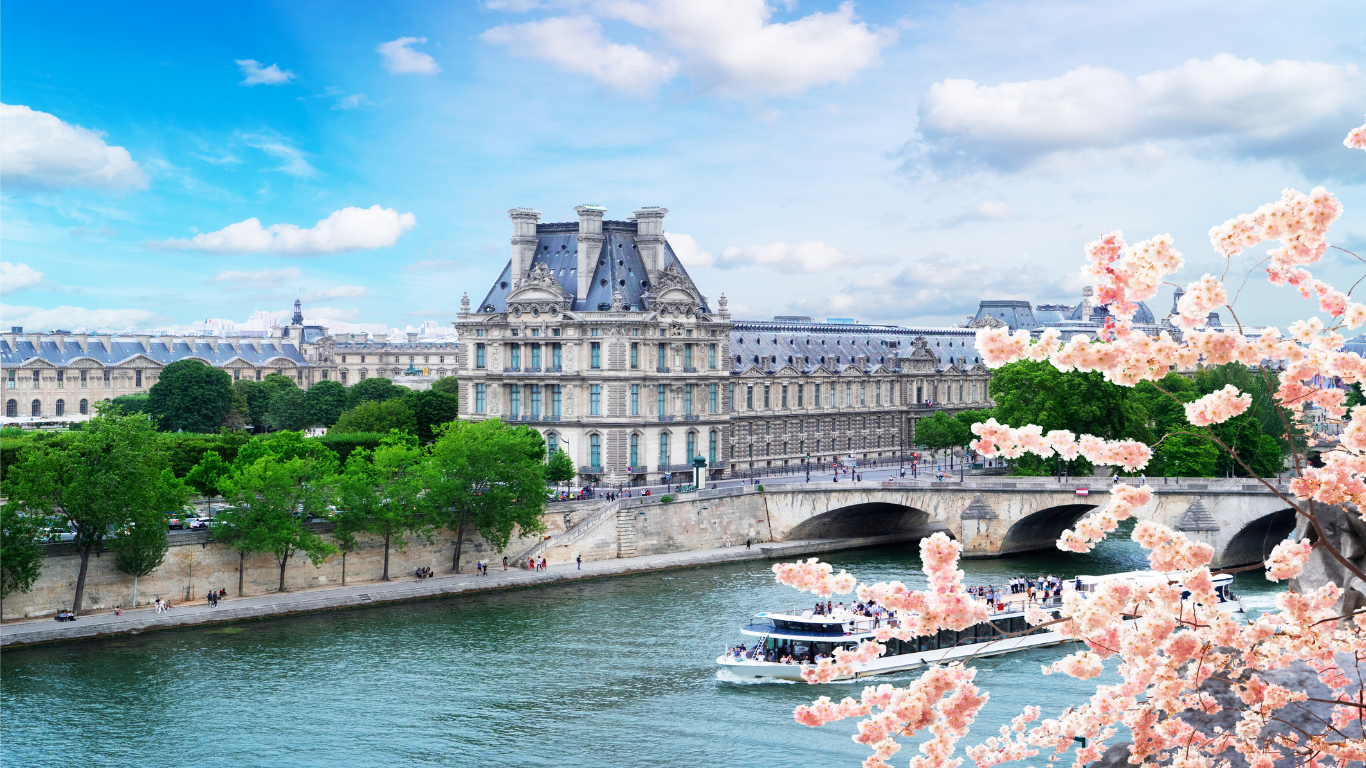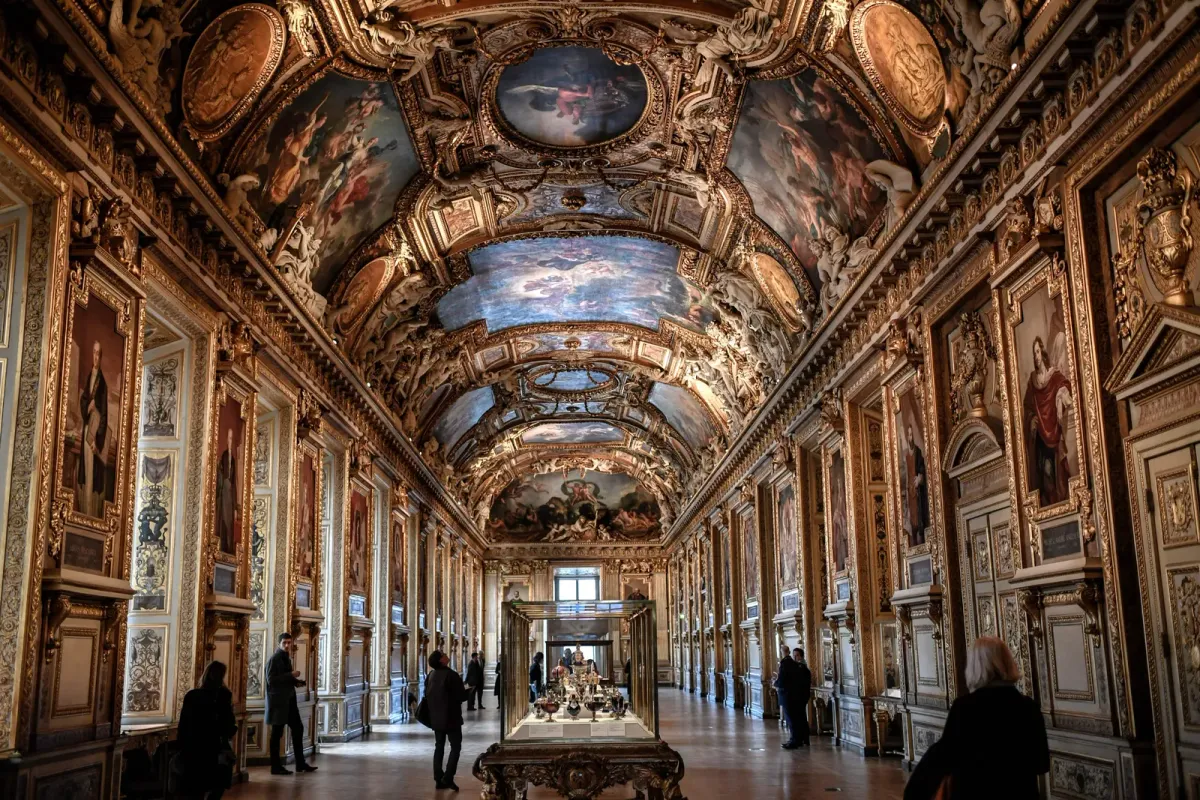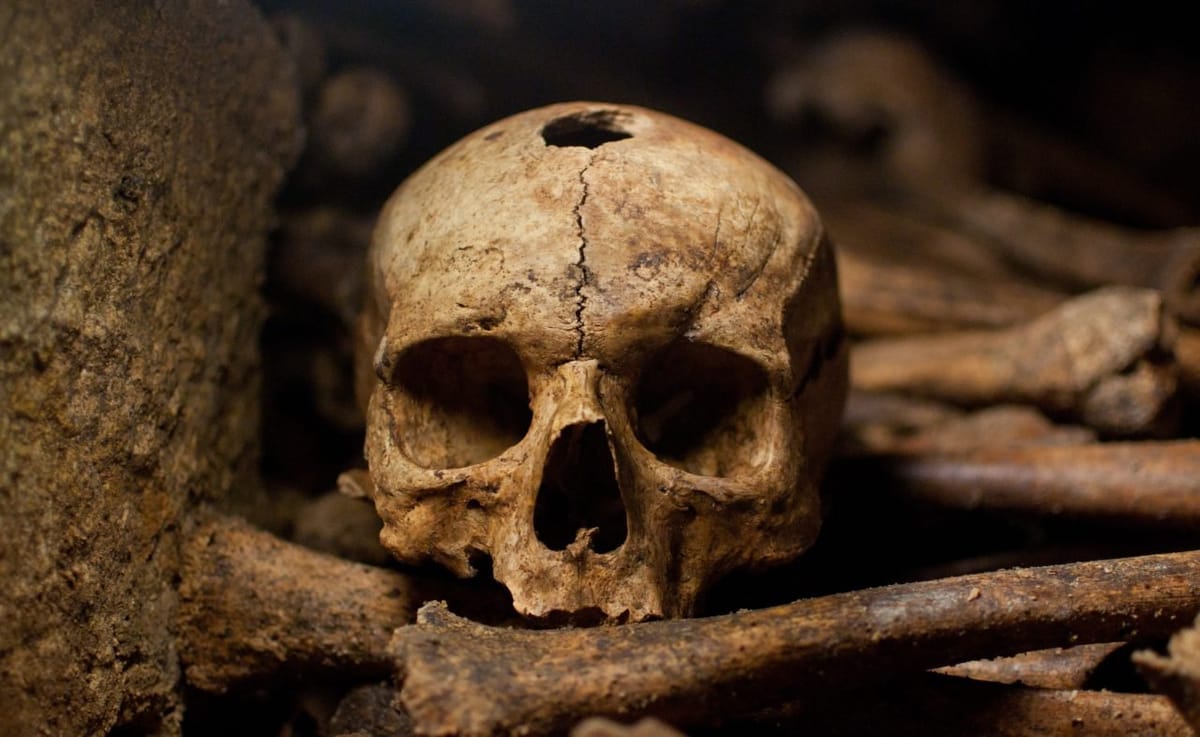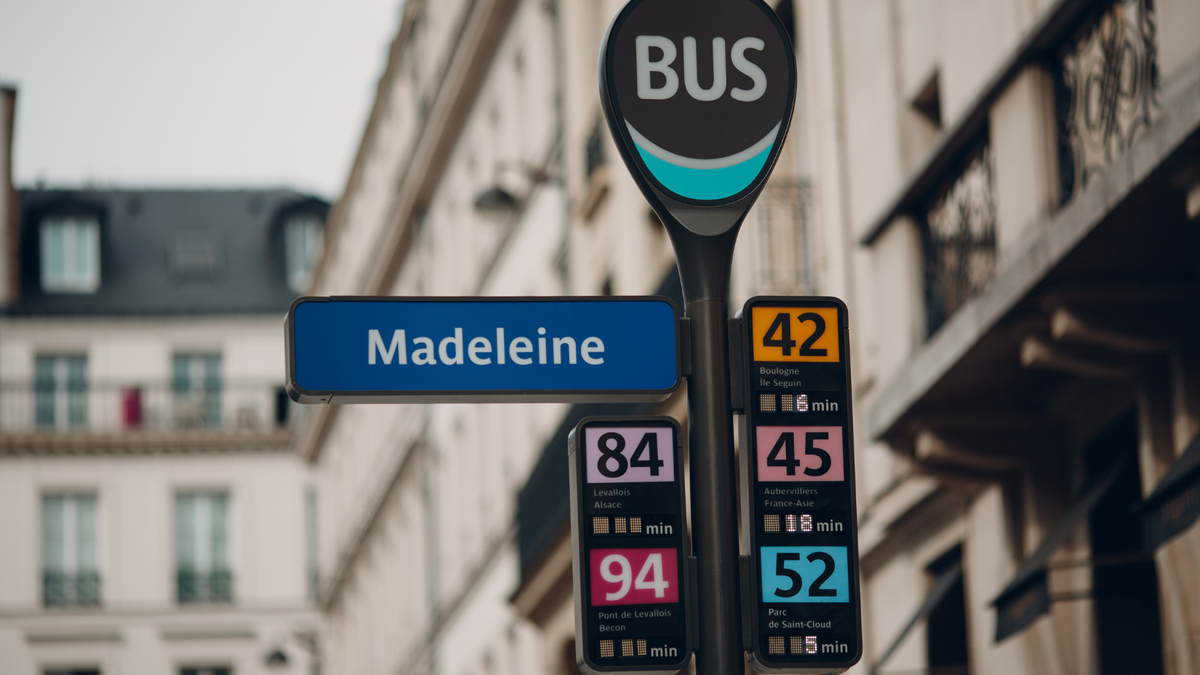The Eiffel Tower: A Globally Recognized Parisian Icon
Built for the 1889 World’s Fair, this marvel of engineering offers stunning views, unique dining experiences, and seasonal displays that captivate tourists year-round.
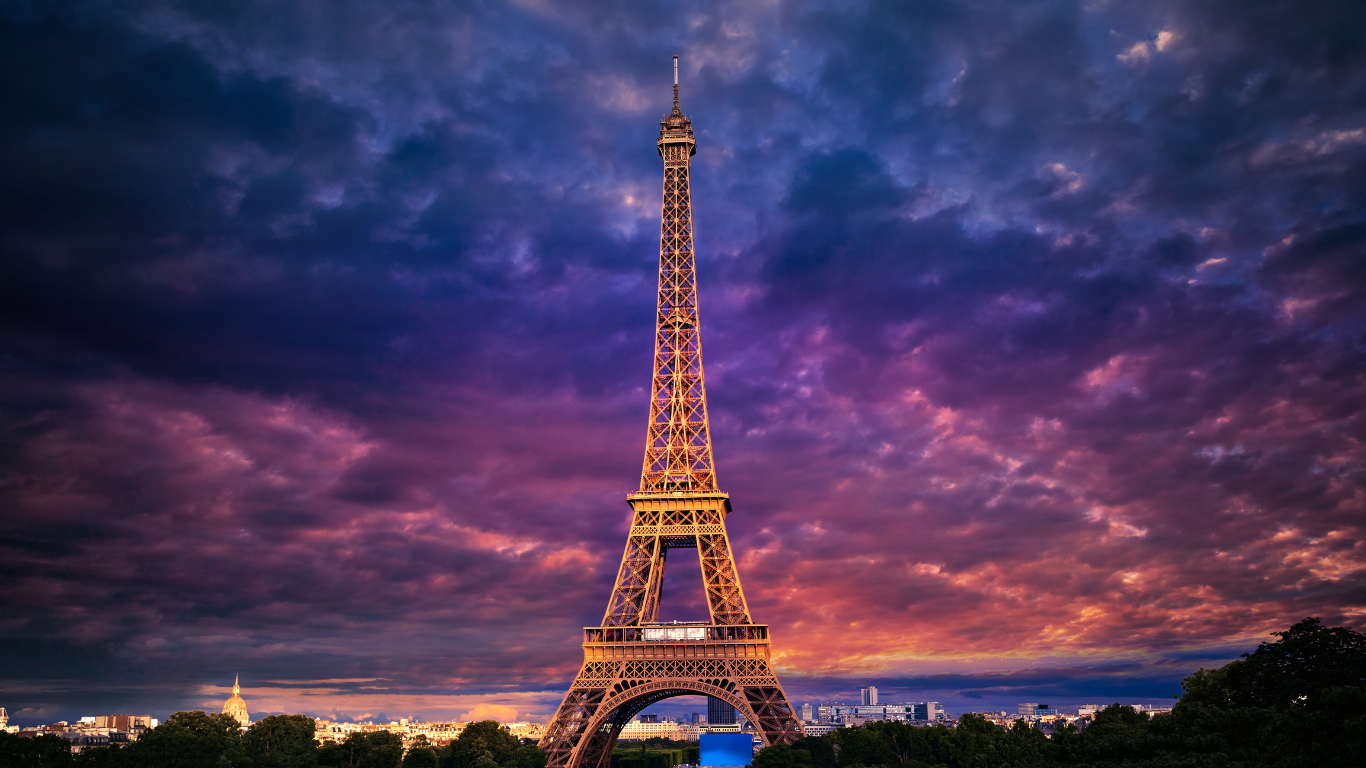
The Eiffel Tower is one of Paris’ most beloved attractions and has become a symbol of France’s innovation and elegance. With breathtaking views, fine dining, and seasonal events, it’s a must-see destination in the heart of Paris.
Tourism and the Eiffel Tower
As one of the most visited monuments in the world, the Eiffel Tower attracts around 7 million visitors each year, fueling Paris' reputation as a top global tourist destination. Visitors flock to admire its architecture, take in the panoramic views, and experience Paris from a unique perspective. With its central location in the Champ de Mars and proximity to other famous sites like the Seine River and Louvre Museum, it’s a cornerstone of Parisian tourism. The tower’s popularity helps boost local businesses, from nearby cafes to souvenir shops, significantly contributing to the city’s economy.
History of the Eiffel Tower
Built between 1887 and 1889, the Eiffel Tower was created as the focal point of the 1889 Exposition Universelle, a world’s fair marking the centennial of the French Revolution. Designed by engineer Gustave Eiffel, it was initially met with criticism from prominent artists and intellectuals who found its design out of place.
Once completed, the tower became a marvel of its time, standing as the tallest man-made structure for 41 years until New York’s Chrysler Building surpassed it. Initially intended to be dismantled after 20 years, it gained importance for scientific research, allowing it to remain a permanent feature of the Paris skyline.
Why Was the Eiffel Tower Built?
The Eiffel Tower was primarily built to serve as the entrance arch for the 1889 World’s Fair, showcasing France’s industrial and engineering prowess. Standing at 300 meters tall (later extended to 330 meters with antennas), it was the tallest structure in the world at the time. Gustave Eiffel wanted to demonstrate that iron could be used in monumental architecture, a groundbreaking concept in an era dominated by stone and brick structures.
Visiting & Hours
Dining Options at the Eiffel Tower
The Eiffel Tower offers two remarkable dining experiences. On the first level, Le 58 Tour Eiffel provides a relaxed French dining atmosphere with both lunch and dinner options. For a more elevated experience, Le Jules Verne on the second level offers a Michelin-starred menu crafted by renowned chefs, all while providing stunning views of Paris.
Both restaurants require reservations and offer a unique way to experience the tower, combining exquisite cuisine with an unforgettable setting.
Observation Decks and the Summit
The Eiffel Tower boasts three observation levels, each providing unique views of the city. The first floor, situated at 57 meters, features a transparent glass floor that gives visitors a thrilling perspective of Paris beneath their feet.
The second level, at 115 meters, offers sweeping panoramic views, perfect for photography, and provides access to dining options.
The third and highest observation deck, located at 276 meters, is the closest you can get to the Eiffel Tower's summit, offering breathtaking views that extend far beyond the Parisian skyline. From here, you can even see landmarks like Montmartre, the Louvre, and the Arc de Triomphe.
Eiffel Tower Elevators and Accessibility
The Eiffel Tower is accessible by elevators that operate year-round. Visitors can take elevators directly from the ground level to the second floor, and from there, another elevator takes you to the summit.
There are also stairs for those who prefer to climb up to the second floor—704 steps in total. The elevators are modern and designed to accommodate large groups, making the tower accessible to all visitors, including those with mobility needs.
Hours of Operation and Seasonality
The Eiffel Tower is open year-round, with varying hours depending on the season. From mid-June to early September, it operates from 9:00 AM to 12:45 AM, while during the rest of the year, it typically closes earlier at 11:45 PM.
It remains open daily, even during holidays, making it an accessible attraction no matter when you visit Paris. Despite being open throughout the year, the experience differs with each season, from beautiful snow-covered views in winter to vibrant summer skies.
Lights, Holidays & Events at The Eiffel Tower
Light Events
One of the most enchanting features of the Eiffel Tower is its illumination. Every evening after dusk, the tower lights up in a golden glow, with sparkling lights that shimmer for five minutes every hour until 1:00 AM (2:00 AM during summer).
Holiday Events
Christmas and New Year’s Eve
During the Christmas season, the Eiffel Tower takes on a magical winter wonderland atmosphere. From mid-December through early January, the tower is illuminated with special holiday lights that add a festive glow to the Paris skyline. Although there are no fireworks, the tower sparkles every hour after dark, providing a beautiful sight against the crisp winter air.
Valentine’s Day
On February 14th, the Eiffel Tower turns into the most romantic place in Paris for Valentine’s Day. Often called the “City of Love,” Paris and its iconic monument are a top choice for couples celebrating love.
Special lighting might be arranged, and the tower offers the perfect backdrop for proposals, romantic photo shoots, or quiet moments shared while taking in the view. Dining at the Eiffel Tower becomes a coveted experience on Valentine’s Day. Couples can enjoy exclusive, themed dinners at Le Jules Verne or Le 58 Tour Eiffel, featuring multi-course menus with stunning views of the glittering city below.
Easter
While the Eiffel Tower doesn’t feature decorations or events specific to Easter, it’s a popular time for families to visit. The weather in Paris during spring is often beautiful, and visitors flock to the tower and its surrounding gardens for picnics, especially after the long winter.
Nearby, the Champ de Mars park often hosts family-friendly events, including Easter egg hunts for children. These festive activities allow families to enjoy the holiday while taking in the views of the Eiffel Tower. The tower remains open, providing visitors the opportunity to take in the beautiful springtime scenery from one of its three observation decks.
New Year’s Day
While the Eiffel Tower’s most spectacular New Year’s celebration happens on New Year’s Eve, New Year’s Day itself offers a quieter but no less magical experience. On January 1st, the tower remains illuminated as it was the night before, symbolizing a fresh start for the new year. Paris streets are quieter as many Parisians take the day off to relax with friends and family.
Bastille Day (July 14)
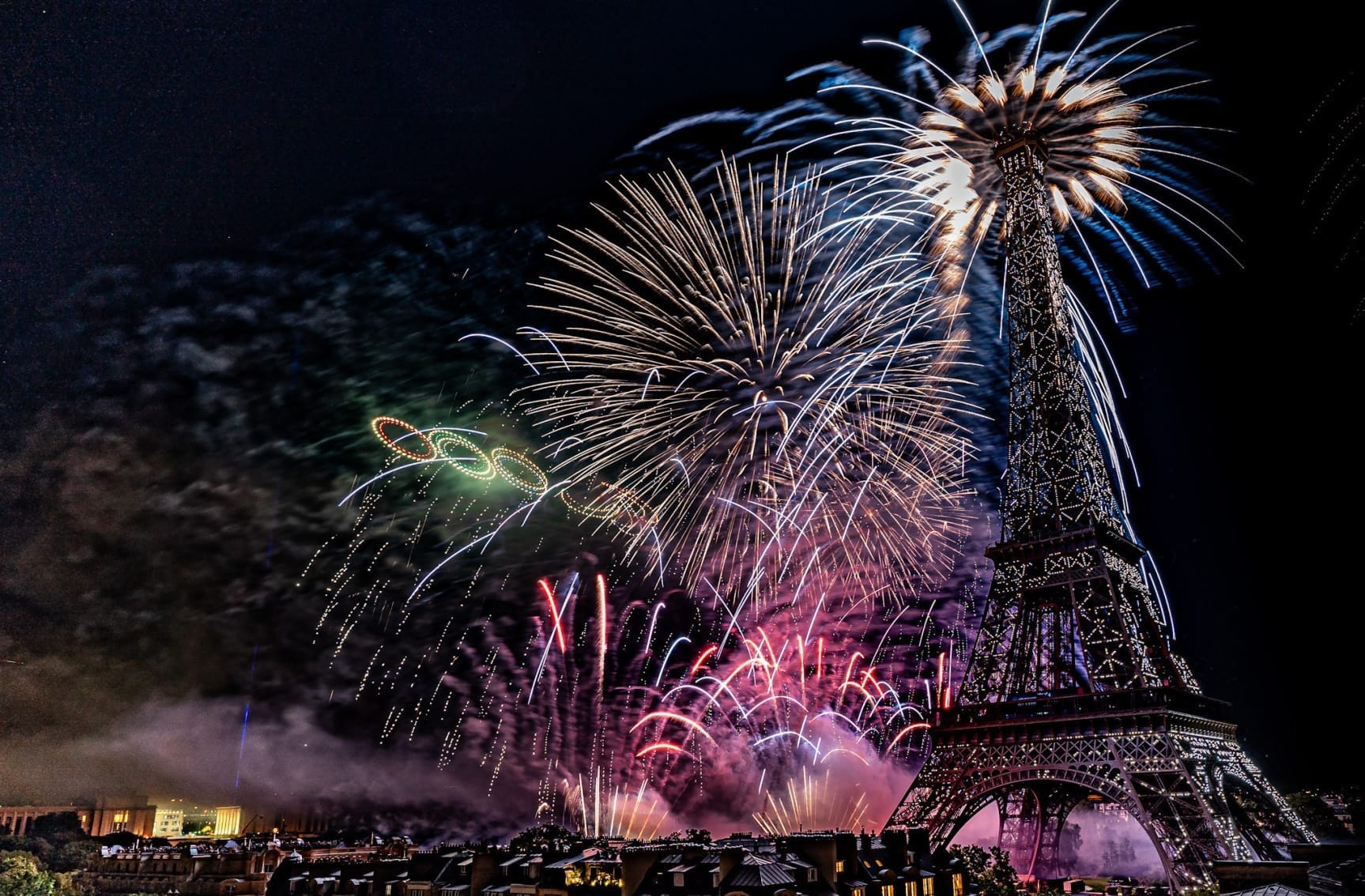
During France's National Day, known as Bastille Day, the Eiffel Tower becomes the centerpiece of grand celebrations. This day marks the anniversary of the French Revolution and is one of the most important national holidays in the country, filled with patriotism and festive activities.
The highlight of Bastille Day is the magnificent fireworks display that takes place near the Eiffel Tower in the evening. Typically starting around 11:00 PM, the fireworks are synchronized with a musical score, creating a spectacular show against the Parisian night sky. The Eiffel Tower itself is illuminated in dazzling lights, often featuring the colors of the French flag—blue, white, and red—which adds to the patriotic atmosphere. The combination of the fireworks and the tower’s twinkling lights makes for an unforgettable visual experience..
If you're in Paris on Bastille Day, the Eiffel Tower celebrations are not to be missed. It’s a remarkable display of French national pride and a memorable event that perfectly showcases the beauty and history of both the Eiffel Tower and Paris itself.
Explore Other Paris Travel Resources
- 2-Day Paris Travel Itinerary
- Most Luxury Hotels In Paris
- How To Get Around Paris (Transportation Guide)
- Best Attractions In Paris To Visit
- Best Museums In Paris To Visit
- Amount of Money Needed To Visit Paris
- Best Day Trips From Paris
- Best Time Of Year To Visit Paris
- Best Arrondissements In Paris To Stay In
Discover More About France
Frequently Asked Questions
What are the best times to visit the Eiffel Tower to avoid crowds?
How many observation decks does the Eiffel Tower have?
Is the Eiffel Tower open year-round?
Are there any special seasonal events or light displays at the Eiffel Tower?
Do I need to book tickets in advance to visit the Eiffel Tower?
